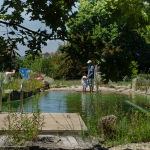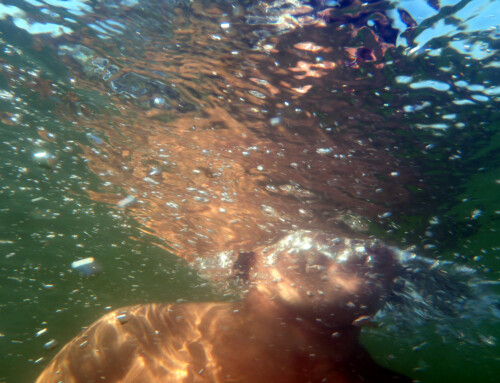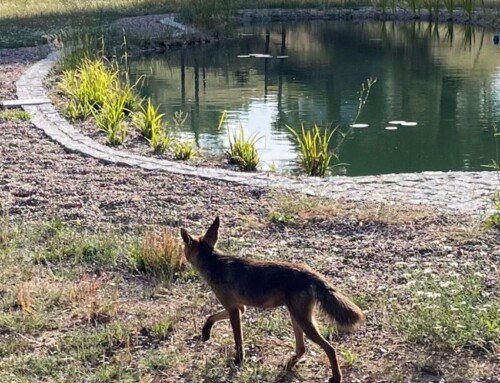On these days the sky turned yellow and the landscapes of Portugal looked like paintings in sepia. What happened? A large cloud of dust moved from Sahara Desert in North Africa to Europe, driven by strong winds from the South quadrant. A known meteorological phenomenon, which happens with some regularity, but this time it was really strong.
For many of the biological pools it provided an interesting backdrop as it was not accompanied by heavy rains. In dry weather, some dust falls into the biological pool, yes. It usually doesn’t have much effect.
But rain could “wash the air” and thus cause more dust to enter. And this, in turn, eventually causes other effects less desired, such as water with less transparency than normal or the appearance of algae. Since this dust is loaded with nutrients, it could cause a kind of fertilization. The plants will probably like this, but the appearance of the biological pool may look different for a few days due to the microalgae bloom and then it is back to its normal state.
After all, it is important to point out that in their natural meteorological course, these clouds with dust from the Sahara cross the Atlantic Ocean towards Brazil, where they are responsible for significant nutrient inputs into Amazonia. They rarely affect Europe.
 What is a biological swimming pool?
What is a biological swimming pool? Important to know
Important to know Beyond the swim
Beyond the swim How to build
How to build Compare
Compare PB 22.000
PB 22.000 Biological swimming pools of Public use
Biological swimming pools of Public use Janguiscina
Janguiscina Who we are
Who we are Biological swimming pools
Biological swimming pools Landscape architecture
Landscape architecture ETAP
ETAP Solar Sauna
Solar Sauna Rewilding
Rewilding News
News Photo of the month
Photo of the month Gallery
Gallery Holidays with Swimming Pond
Holidays with Swimming Pond Testimonials
Testimonials Awards
Awards Biological swimming pools around the World
Biological swimming pools around the World Piscinas Biológicas® – Live
Piscinas Biológicas® – Live FAQs
FAQs Downloads
Downloads Shop
Shop






